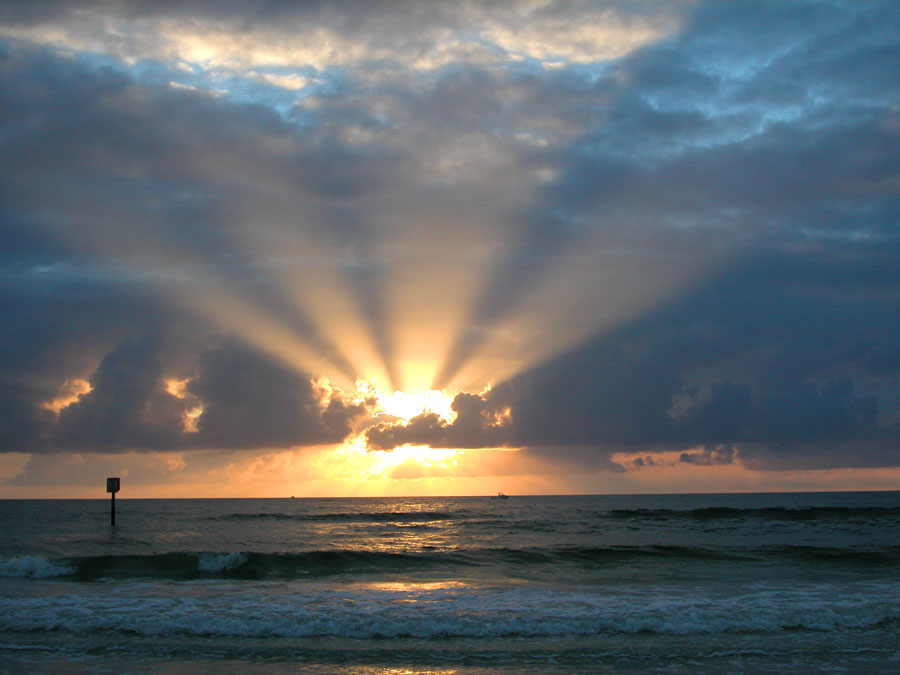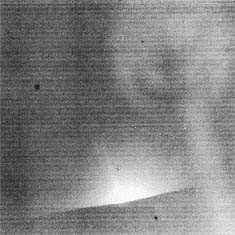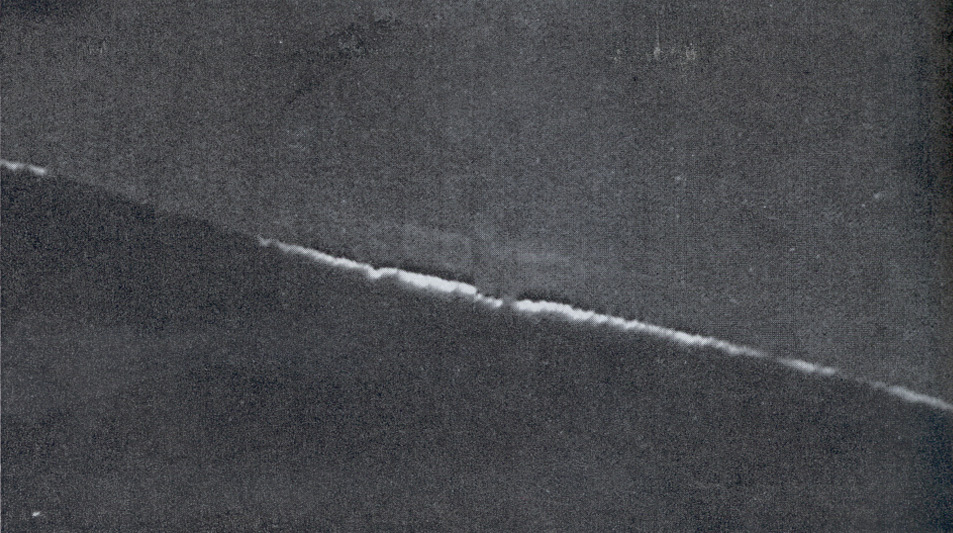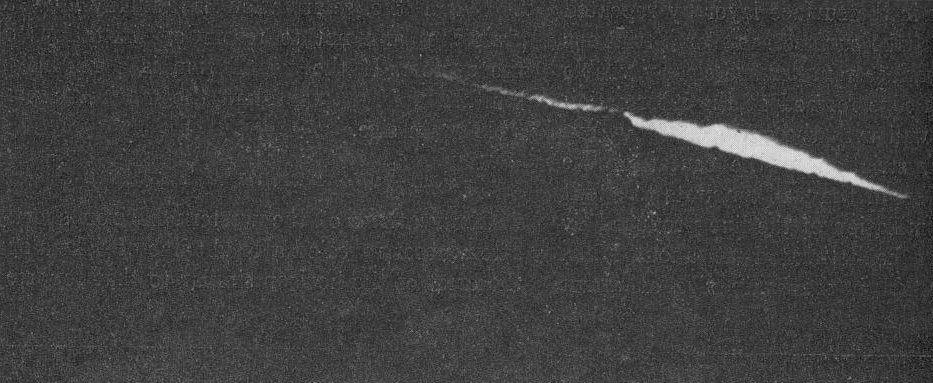Exhibit #10
Moon Fountains
Sometime NASA has a fine sense of humor... especially when they are doing a quick recovery to explain away things astronomers have seen for hundreds of years... like clouds and moving lights on the Moon
They have however been officially tracking every report of these TLP's since 1956... a copy is available on our website
Okay so MOON FOUNTAINS? What the heck are those?
Well on Earth we call them Sunset and Sunrise Rays... and they look like THIS..

October sunset, Clearwater Beach
NASA Space Science
Moon Fountains
March 30, 2005
Excerpt #1
In the early 1960s before Apollo 11, several early Surveyor spacecraft that soft-landed on the Moon returned photographs showing an unmistakable twilight glow low over the lunar horizon persisting after the sun had set. Moreover, the distant horizon between land and sky did not look razor-sharp, as would have been expected in a vacuum where there was no atmospheric haze.
But most amazing of all, Apollo 17 astronauts orbiting the Moon in 1972 repeatedly saw and sketched what they variously called "bands," "streamers" or "twilight rays" for about 10 seconds before lunar sunrise or lunar sunset. Such rays were also reported by astronauts aboard Apollo 8, 10, and 15.
Well I'll be!!! They have known about this since Surveyor

Just forgot to mention it? Why, because they know that to get this effect you would need DUST in the air?
Here is the original Surveyor 1 picture...

Here is a closer version I recently found

Surveyor 1 Solar Corona Spike "Solar corona in the photograph observed by Surveyor 1, 16 minutes after sunset on the Moon June 14,1966," was remarked Gordon Newkirk, of the High Altitude Observatory. "A bright coronal streamer is visible as a thin pencil of light extending out of the brighter inner corona, against which the lunar horizon is silhouetted."
16 minutes after sunset on the Moon June 14,1966
Surveyor Observations of Lunar Horizon-Glow[/COLOR]
J. J. Rennilson1 and D. R. Criswell2
(1) Division of Geological and Planetary Sciences, California Institute of Technology, Pasadena, Calif., USA
(2) The Lunar Science Institute, Houston, Tex., USA
Received: 13 August 1973
Abstract Each of the Surveyor 7, 6, and 5 spacecraft observed a line of light along its western lunar horizon following local sunset. It has been suggested that this horizon-glow (HG) is sunlight, which is forward-scattered by dust grains (~ 10µ in diam, ~ 50 grains cm–2) present in a tenuous cloud formed temporarily (lap 3 h duration) just above sharp sunlight/shadow boundaries in the terminator zone. Electrically charged grains could be levitated into the cloud by intense electrostatic fields (> 500 V cm–1) extending across the sunlight/shadow boundaries. Detailed analysis of the HG absolute luminance, temporal decay, and morphology confirm the cloud model. The levitation mechanism must eject 107 more particles per unit time into the cloud than could micro meteorites. Electrostatic transport is probably the dominant local transport mechanism of lunar surface fines.
This work was supported in part by the California Institute of Technology under Grant NGR 05-002-158, and in part by the Lunar Science Institute, which is operated by the Universities Space Research Association under Contract No. NSR-09-051-001 with the National Aeronautics and Space Administration. This paper is Lunar Science Institute Contribution No. 163.
Surveyor Observations of Lunar Horizon-Glow
Horizon Dust Glows
The Following images were taken by Surveyor 7
Provided by David Darling

Courtesy NASA/JPL
Illumination along western horizon approximately 15 minutes after local sunset.

Courtesy NASA/JPL
Illumination along western horizon approximately
90 minutes after local sunset.
Horizon Dust Glows
The Following image was taken by Surveyor6

67-H-1642 November 24, 1967 Sunlight diffracted at Moon's limb as seen in Surveyor VI picture of the horizon west of spacecraft.
Now this Surveyor 6 image is the one that Richard Hoagland uses to show that there is a Glass Dome on the moon.... I disagree with that assessment though I have seen 'glass domes' in other areas

Lets go back to NASA's MOON FOUNTAINS
It seems that the Apollo Astronauts drew some of these spectacular scenes. For the life of me I cannot fathom WHY THEY DIDN'T TAKE A PICTURE with that camera strapped to their chest

Or maybe they did... and that accounts for some of those missing image numbers we cannot get...
In any case here is a sketch..

Above: On the left are lunar "twilight rays" sketched by Apollo 17 astronauts;
on the right are terrestrial crepuscular rays photographed by author Trudy E. Bell. Credit: NASA/JPL
Here on Earth we see something similar: crepuscular rays. These are shafts of light and shadow cast by mountain ridges at sunrise or sunset. We see the shafts when they pass through dusty air. Perhaps the Moon's "twilight rays" are caused, likewise, by mountain shadows passing through levitating moondust. Many planetary scientists in the 1970s thought so, and some of them wrote papers to that effect (see the "more information" box at the end of this story for references).
But without an atmosphere, how could dust hover far above the Moon's surface? Even if temporarily kicked up by, say, a meteorite impact, wouldn't dust particles rapidly settle back onto the ground?
Well, no--at least not according to the "dynamic fountain model" for lunar dust recently proposed by Timothy J. Stubbs, Richard R. Vondrak, and William M. Farrell of the Laboratory for Extraterrestrial Physics at NASA's Goddard Space Flight Center.
"The Moon seems to have a tenuous atmosphere of moving dust particles," Stubbs explains. "We use the word 'fountain' to evoke the idea of a drinking fountain: the arc of water coming out of the spout looks static, but we know the water molecules are in motion." In the same way, individual bits of moondust are constantly leaping up from and falling back to the Moon's surface, giving rise to a "dust atmosphere" that looks static but is composed of dust particles in constant motion. [/COLOR]

Lunar "twilight rays" sketched by Apollo 17 astronauts
Here it in NASA's own words..
Audio File: Moon Fountains MP3
Astronauts need to know, because in the years ahead NASA plans to send people back to the Moon, and deep dark craters are places where they might find pockets of frozen water--a crucial resource for any colony. Will they also encounter swarms of electric dust?
Credits:
Author: Trudy E. Bell
NASA Science Reports - Rest of Article - Moon Fountains
A Dynamic Fountain Model for Lunar Dust
by Timothy J. Stubbs, Richard R. Vondrak, and William M. Farrell
During the Apollo era of exploration it was discovered that sunlight was scattered at the terminators giving rise to “horizon glow” and “streamers” above the lunar surface. This was observed from the dark side of the Moon during
sunset and sunrise by both surface landers and astronauts in orbit. These observations were quite unexpected, as the Moon was thought to be a pristine environment with a negligible atmosphere or exosphere.
LPI-1899 PDF
Next Installment
Moon Storms